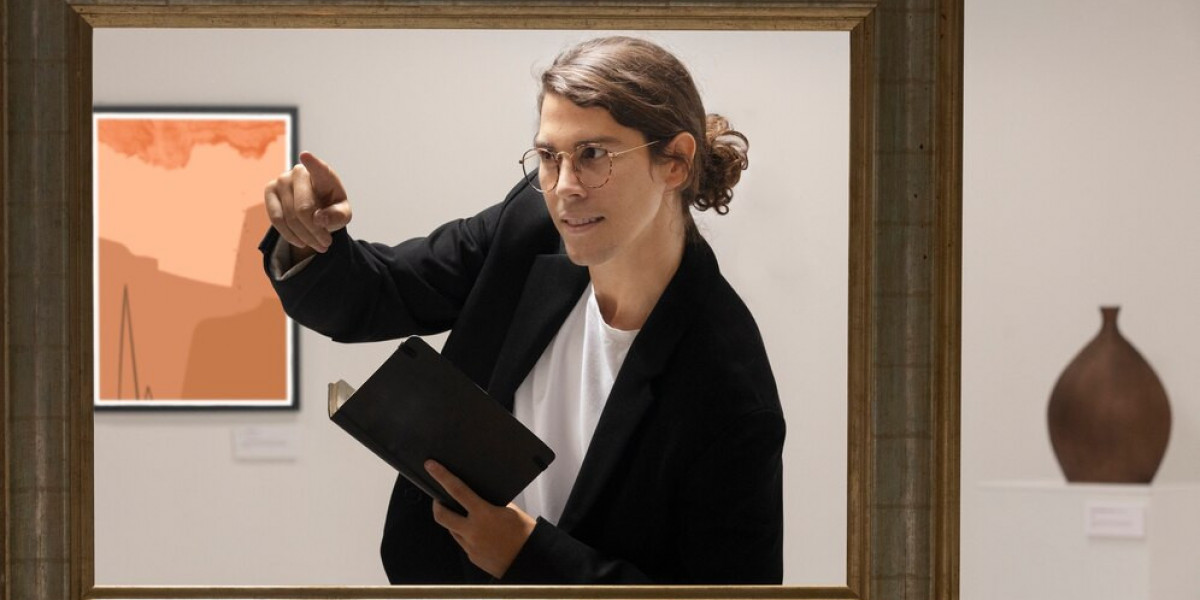Introduction
Art has been a reflection of human civilization for centuries, showcasing history, culture, and emotions. However, preserving original artworks can be a challenge due to environmental factors, aging, and unforeseen disasters. This is where art reproductions step in as a critical solution. By replicating masterpieces with precision, art reproduction ensures that cultural heritage remains accessible to future generations. This article delves into the importance of art reproductions, the challenges in preservation, and effective solutions.
The Significance of Art Reproductions
Art reproductions serve as a bridge between the past and the present. Museums, art galleries, and collectors utilize high-quality reproductions to maintain the legacy of valuable artworks while protecting the originals. Below are some of the key reasons why art reproduction is indispensable:
Preserving Historical Masterpieces: Original artworks are prone to deterioration. Reproductions help retain their aesthetic and historical significance.
Making Art Accessible: Not everyone can visit world-famous museums, but reproductions allow people to experience art in different locations.
Educational Purposes: Art students and historians benefit from detailed reproductions to study techniques and styles of historical artists.
Restoration and Conservation: In cases where originals have been damaged, reproductions can act as references for restoration.
Main Challenges in Preserving Cultural Heritage
Despite the benefits of art reproductions, there are several challenges in the process of preserving cultural heritage:
1. Environmental Factors
Original artworks are highly sensitive to temperature, humidity, and exposure to light. Over time, these elements can cause fading, discoloration, and deterioration.
2. Limited Public Access
Many valuable pieces are kept in restricted environments to prevent damage. This limits their exposure to the general public, making it harder for people to engage with cultural heritage.
3. Risk of Theft and Vandalism
Artworks are often targeted for theft or vandalism, leading to the loss of irreplaceable pieces of history.
4. High Restoration Costs
Restoring damaged art is a meticulous and costly process that requires skilled experts and high-end materials.
5. Authenticity Concerns
Some art reproductions face criticism for failing to capture the originality and texture of the artwork, leading to concerns about authenticity and quality.
Solutions: How Art Reproductions Help Overcome These Challenges
1. Advanced Printing Techniques
Modern technology has revolutionized the field of art reproduction. High-resolution giclée printing, fine art printing, and digital restoration techniques ensure that the finest details of the original are replicated with accuracy.
2. Museum-Quality Reproductions
Many museums and galleries collaborate with fine art printing services to create replicas that match the color, texture, and depth of original paintings.
3. Increased Accessibility Through Digital Reproductions
Digital archives and virtual galleries allow people to explore famous artworks from the comfort of their homes, making cultural heritage more accessible worldwide.
4. Preserving Originals While Showcasing Replicas
Institutions can exhibit high-quality reproductions while keeping the original artworks in controlled environments to ensure their longevity.
5. Educating Art Enthusiasts and Students
By integrating art reproductions into academic curricula and exhibitions, students and art lovers can appreciate the techniques and history behind the masterpieces without risking damage to the originals.
The Future of Art Reproductions in Cultural Heritage Preservation
The advancements in printing and digital technology continue to push the boundaries of art reproduction. With the rise of artificial intelligence, 3D printing, and augmented reality, the future of preserving cultural heritage looks promising. Soon, art lovers will be able to experience artwork in immersive, high-definition formats without jeopardizing the integrity of the original pieces.
Conclusion
Art reproductions play a fundamental role in protecting and sharing cultural heritage. By combining advanced printing techniques, digital accessibility, and careful conservation efforts, we can ensure that history’s masterpieces are preserved for future generations. If you are looking for high-quality art reproductions, PhotoStop offers expert fine art printing services that capture the beauty and authenticity of original artworks. Whether you are an art collector, museum curator, or an enthusiast, their services can help you keep art alive and accessible.
Tags: #ArtReproductions #CulturalHeritage #FineArtPrinting #ArtPreservation #GicleePrinting #MuseumQualityPrints










